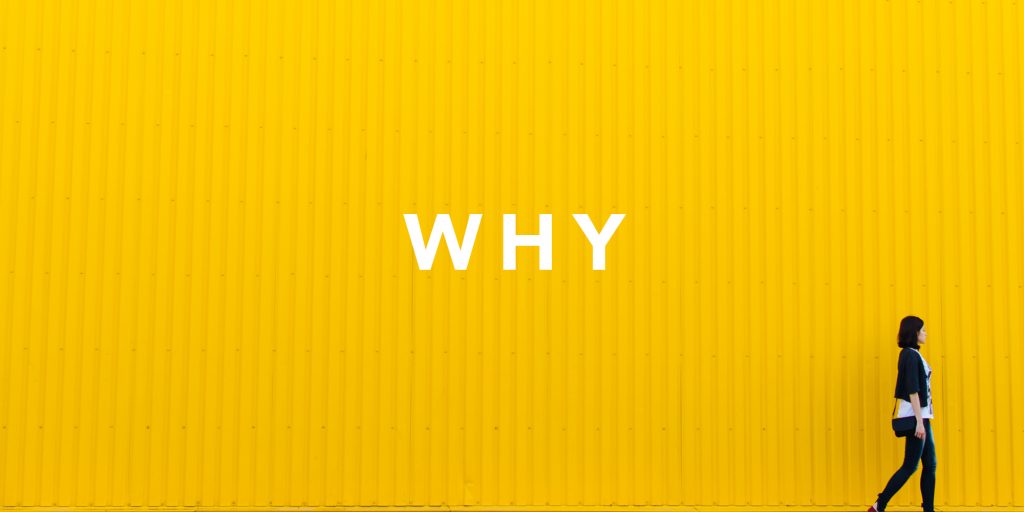Back in 2007, I created an online wall sticker store called Wall Glamour®, which grew from a shed in the bottom of my garden to a business now working all over the UK.
You can read the story of Wall Glamour on another post, but I wanted to cover the reasons why Wall Glamour® is still doing what we do after nearly ten years.
And it all started at the beginning, as all stories do. As a child I was quite arty and enjoyed drawing and painting, which followed through until my early teenage years, which in turn led me to choose a career as a graphic designer.
Looking back, I have always been driven by the desire to create things or to customise existing things. This is beyond art, I see ‘art’ as just one tool, and not the aim. I do appreciate art, and my eyes do recognise beautiful images/objects, but I have little knowledge or desire for art in the classical sense. Which is why I chose design over art.
Design is not art.
Design is a process of making something as good as it can be from an aesthetic and functional point of view. I often refer to designers as being on a sliding scale, you have the artist at one end, who is purely interested in aesthetic and meaning driven by creativity. Then you have the engineer at the other end, who is purely interested in function and technicalities driven by logical analysis. I would sit off centre, towards the engineer end. Like with any designer we search after the Holy Grail of design, which is form and function in unity, one complementing the other.
My choice to be a graphic designer was partly down to the fact that I am more technically minded than I am aesthetically minded. And it all stems from my love of computers, specifically the Mac.
If I had been more aesthetically minded I may well have ended up in photography or as a painter. However in my early teens I discovered computers. This would be around 1988 onwards, so most computers were still monochrome and had little design functionality. But working with early paint software at my school, I created our school newsletter masthead (logo). The first that had been designed on a computer, that one act promptly set me on the road to become a graphic designer.
27 years later I have my own design business and I’ve worked on some pretty cool and diverse projects. My career has been predominately print based graphics, working on logos and brochures, museum information graphics and way-finding signage. My core philosophy is around design as communication. Which again you’ll see is function first, form second.
The interesting thing for me is that I’ve often been labelled as ‘arty’ and I may have come to believe that label, projecting the ‘artist’ rather than the ‘engineer’. However, recently, after doing a some psychometric tests, I found I was obviously more technically minded in the results. More left brain (analytical) than right (creative).
As I am a designer, I am possibly still more creative than some people, but within the creative industry I am less creative and more analytical. Understanding this led me to look back with new insight on most of my career choices.
Over the last eight years I’ve been working within healthcare, especially in spaces for young adults and children where you really get to see the impact of the work we (my team) do. In this space we don’t do much of the creative processes as we work with other designers, but being the technician I mind less.
We provide the solution to someone else’s vision.
One of the factors that keeps us engaged in this sector is the fact that we’re part of the bigger picture. We get to see people’s faces and hear their comments about the transformation we make.
At first this is what kept us going, we knew that it made such a difference to people that it was easy to push through the complicated and frustrating nature of working with healthcare spaces.
After all the hoops were jumped through it was the patients who benefited from the scheme the designers had done. So it always made it worth the effort.
These days, I’m looking at deeper understandings of our place in design, as much as I still enjoy the positive feedback.
I’ve become very interested in understanding how our psychology affects our health and performance at work, in the gym or at school. Therefore I want to make an impact with our work in multiple environments.
Studies have shown that environment plays a huge role in our wellbeing – we are influenced by the sounds around us, the colours and even the things our eyes look at.
A study in the US showed that patients in a room with a view of nature had less negative comments in their notes, used less painkillers and drugs, and were released from hospital quicker than those with a window looking onto a brick wall.
I envisage an office environment that helps boost performance, an education facility that develops students with reduced stress, and promotes better cognitive ability or a gym facility that encourages people to give their best every time.
